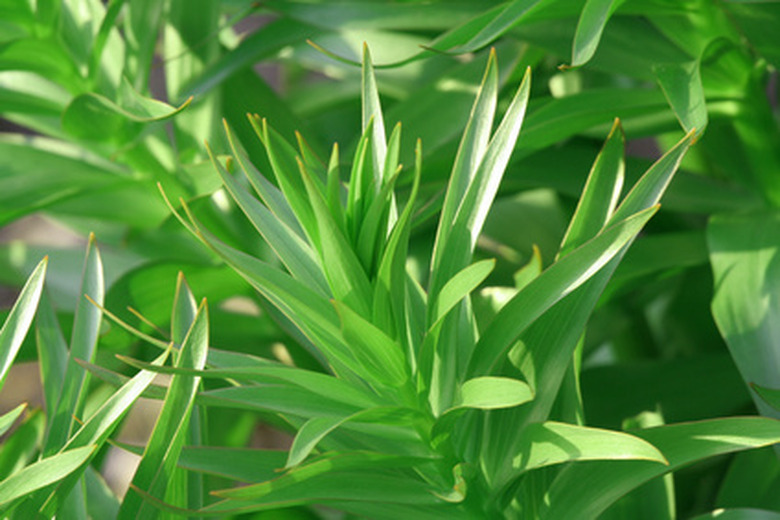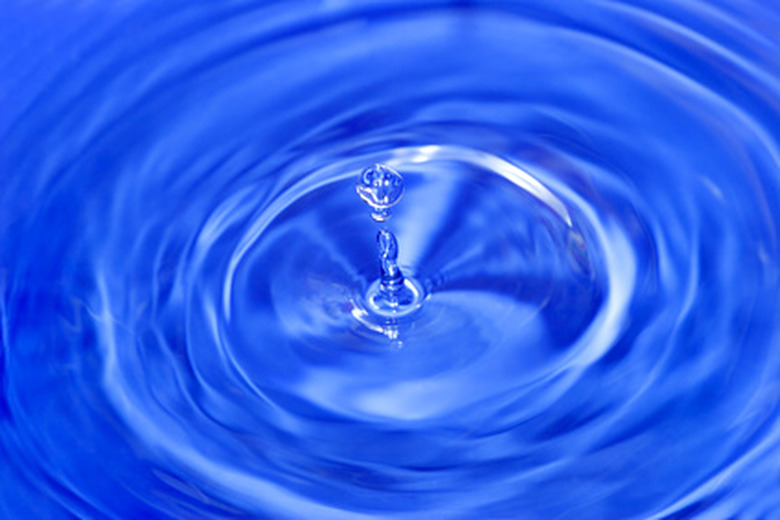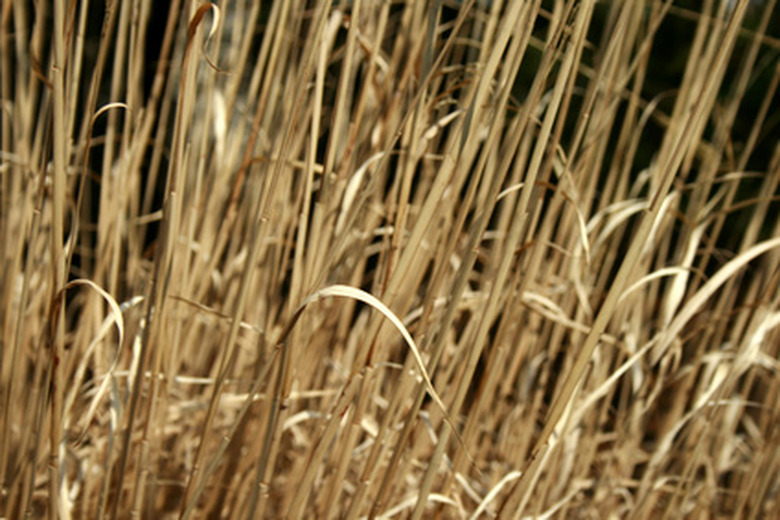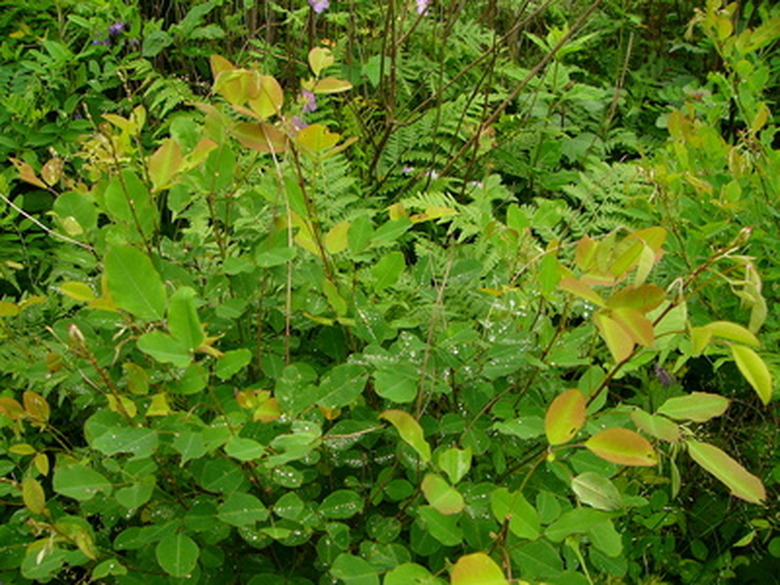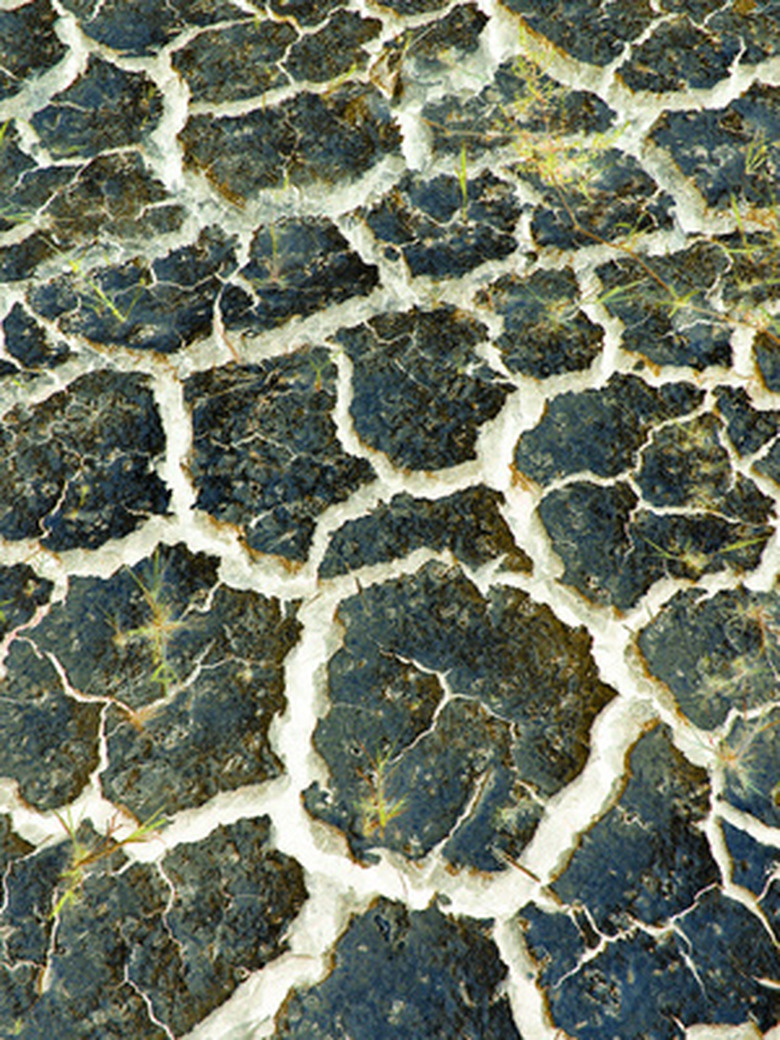How Table Salt Affects Plant Growth
Table salt doesn't actually have to come from a salt shaker to affect plant growth. In fact, sodium chloride (NaCl) is very commonly found in soil. Where the land is used for agricultural purposes, salt tends to accumulate as plants pull other minerals out of the ground, leaving the salt behind. Irrigation tends to deliver salt from ground water, where it dissolved out of rocks. High concentrations of salt affect about 20 percent of farm land in the United States, and the percentage is increasing with each passing year.
Salt Chemistry in Plants
Sodium chloride readily dissolves in water, dividing into negatively-charged chlorine atoms and positively-charged sodium atoms. In plant cells, the sodium is close enough chemically to potassium (K) which is also positively-charged. Sodium binds to cell sites and competes with the needed potassium, robbing the plant of critical cell function in the process.
- Table salt doesn't actually have to come from a salt shaker to affect plant growth.
- Irrigation tends to deliver salt from ground water, where it dissolved out of rocks.
How Salt Mimics Dehydration
Salt has been used to dry and preserve food for millennia, because osmosis works by drawing water toward the salt. For plants, that means that the water leaches from the roots and can't circulate freely through the plant. Though there still may be plenty of moisture in the soil, the plant can't access it, just as if there were a true drought.
Plant Defenses
Plants react to water loss by closing the stomata in their leaves, which reduces water loss through transpiration. They also produce a molecule called proline, which acts to stabilize the cell membranes so they can't lose water through osmosis so readily.
How Salt Harms Photosynthesis
A plant's response to drought conditions is meant to be a temporary coping mechanism. Long-term drought or saline exposure comes with unfortunate consequences. The stomata that close to keep in water vapor also keep out carbon dioxide. Photosynthesis works by converting carbon dioxide and water into glucose and oxygen; no carbon dioxide means no photosynthesis. No photosynthesis means no more food energy.
- Salt has been used to dry and preserve food for millennia, because osmosis works by drawing water toward the salt.
- For plants, that means that the water leaches from the roots and can't circulate freely through the plant.
Visible Signs of Salt Poisoning
Mild salt poisoning causes most plants to turn bluish-green as the sodium replaces potassium in some of the plant cells. Plants may be wilted, as they need water pressure in their cells to maintain their structure. Growth will be slow and stunted. Harvest yields of fruit and seeds will be less or even nonexistent. For more severe saline concentrations, growth and root development will be severely curtailed and the plant will yellow as photoreceptive chlorophyll is destroyed to use the energy elsewhere. For high concentrations, the plant will die.
